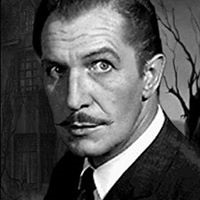Who was the designer of the first stars and stripes?
The flag of the United States of America, often referred to as the American flag, is the national flag of the United States. It consists of thirteen equal horizontal stripes of red (top and bottom) alternating with white, with a blue rectangle in the canton (referred to specifically as the "union") bearing fifty small, white, five-pointed stars arranged in nine offset horizontal rows, where rows of six stars (top and bottom) alternate with rows of five stars. The 50 stars on the flag represent the 50 states of the United States of America, and the 13 stripes represent the thirteen British colonies that declared independence from the Kingdom of Great Britain.
Francis Hopkinson of New Jersey, a naval flag designer, and a signer of the Declaration of Independence, designed the 1777 flag while he was the Chairman of the Continental Navy Board's Middle Department, sometime between his appointment to that position in November 1776 and the time that the flag resolution was adopted in June 1777. The Navy Board was under the Continental Marine Committee. Not only did Hopkinson claim that he designed the U.S. flag, but he also claimed that he designed a flag for the U.S. Navy. Hopkinson was the only person to have made such a claim during his own lifetime, when he sent a letter and several bills to Congress for his work. No payment was made because it was determined he had already received a salary as a member of Congress.
More Info:
en.wikipedia.org













